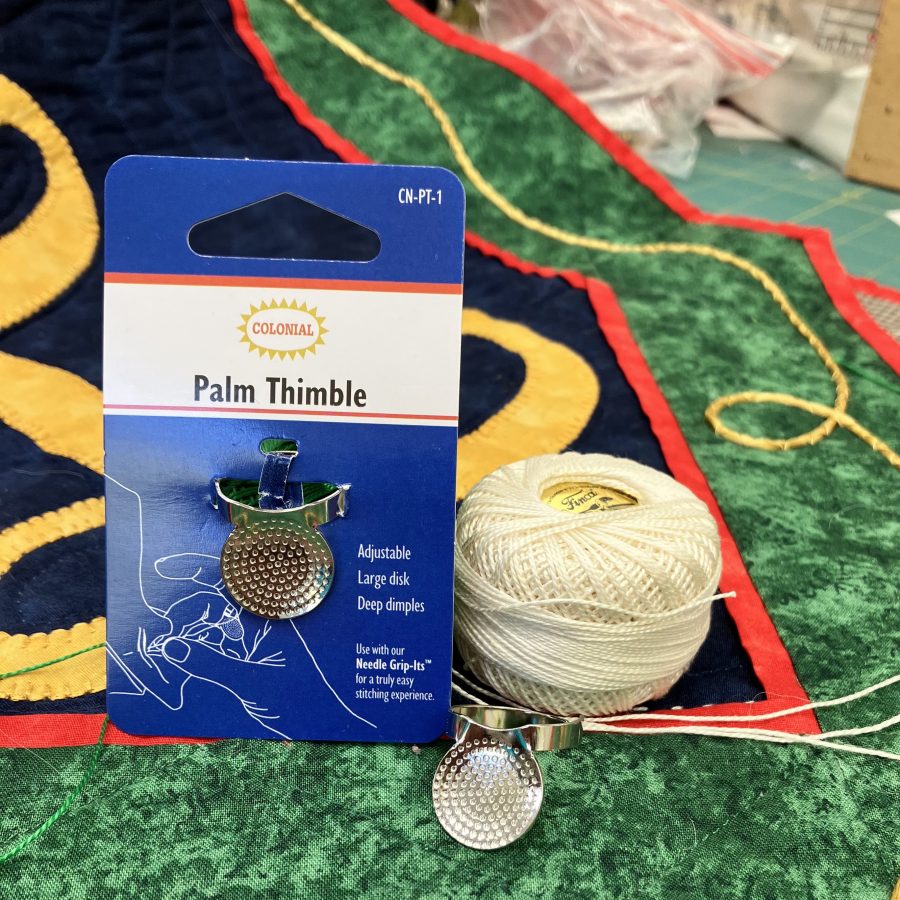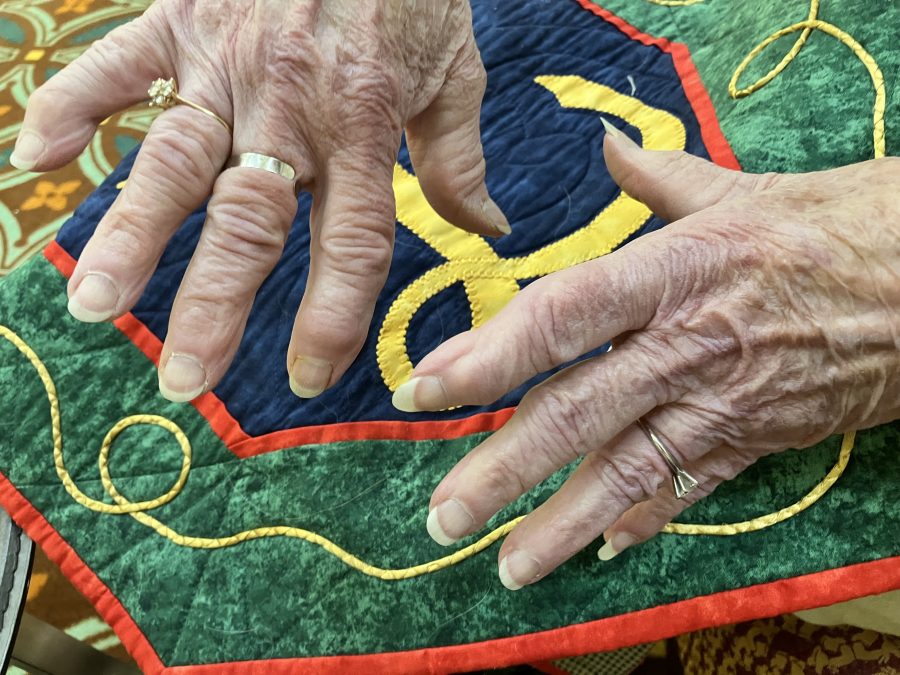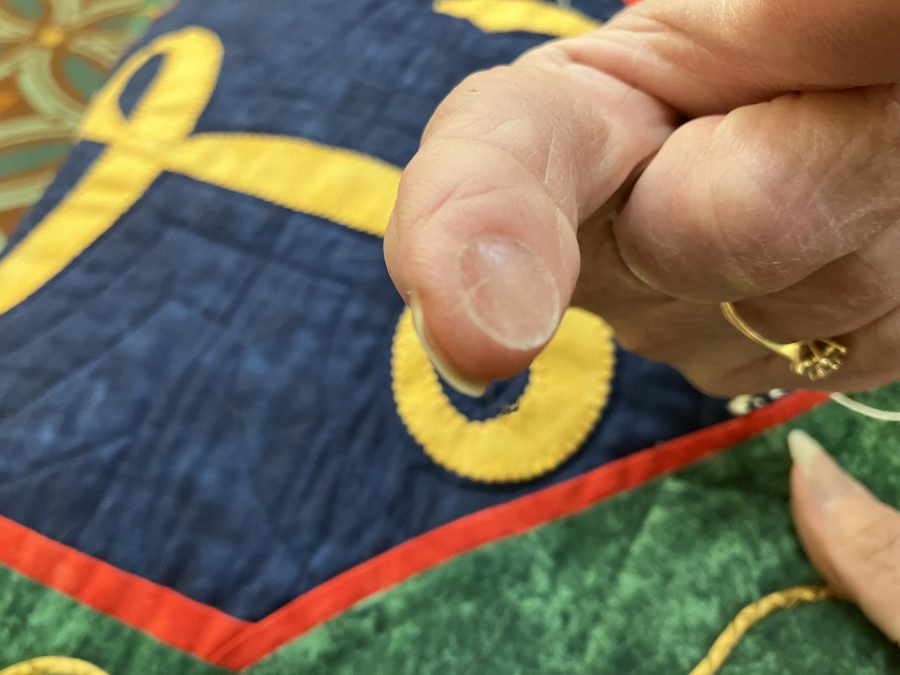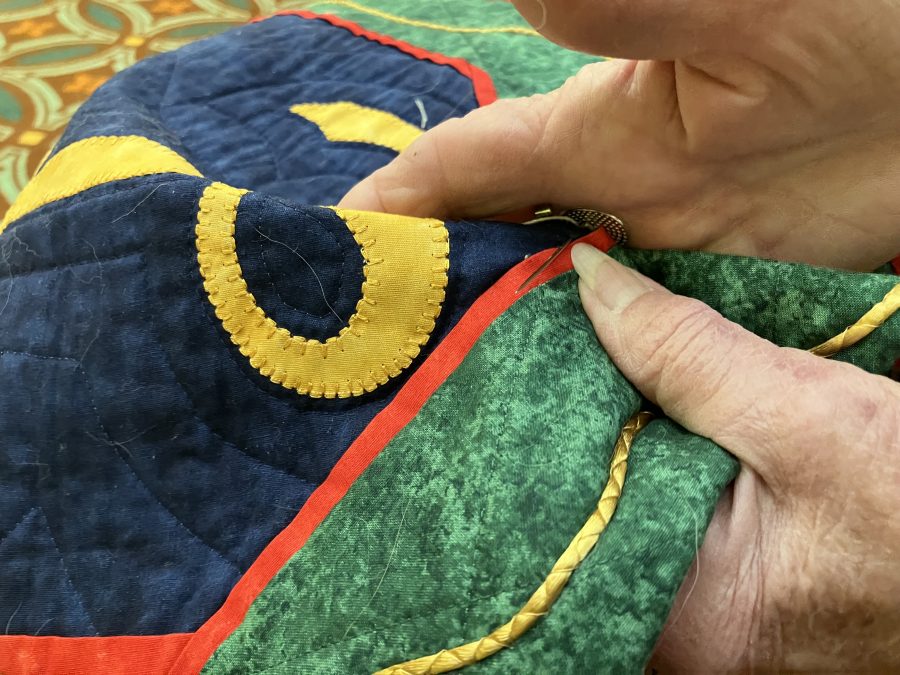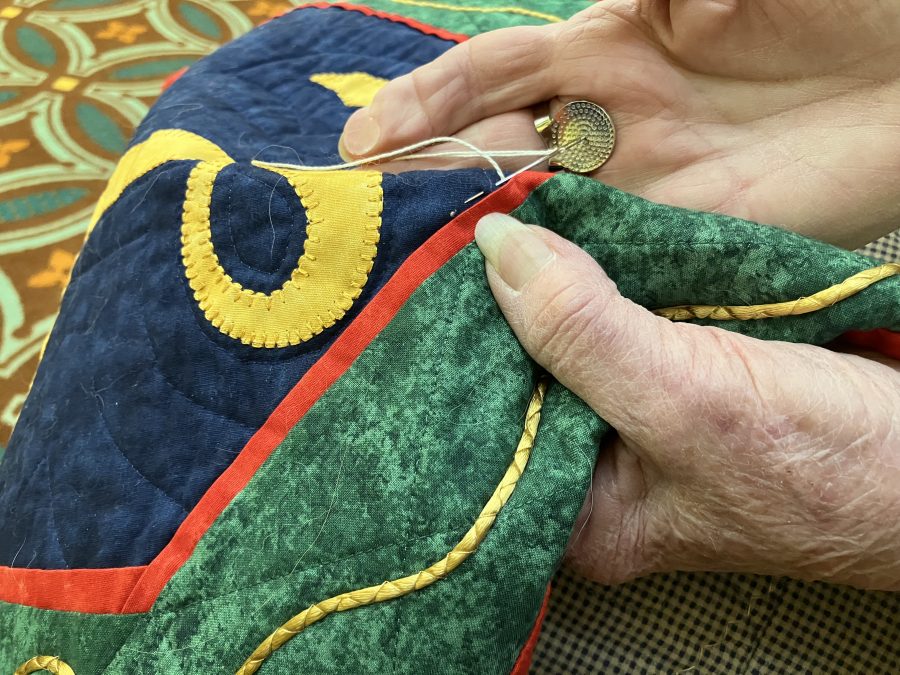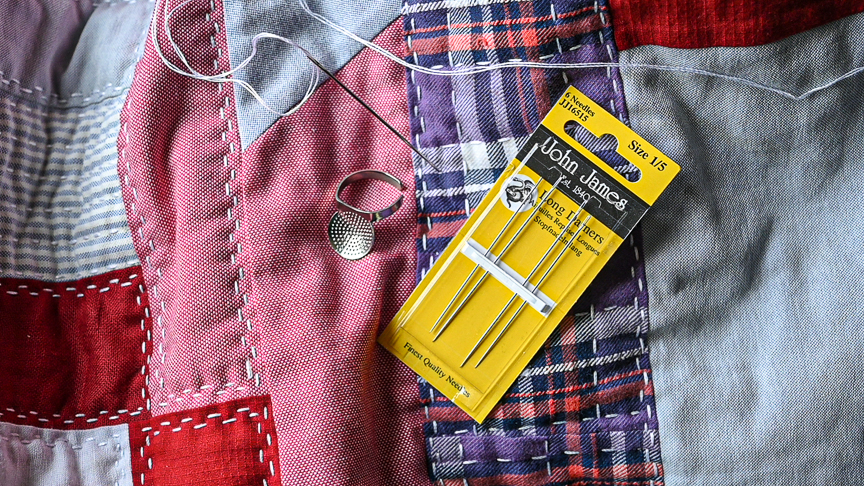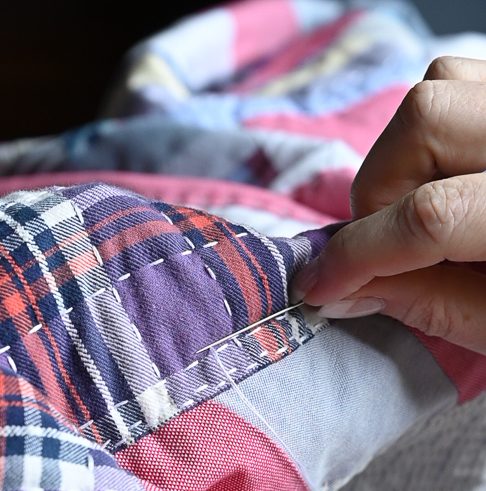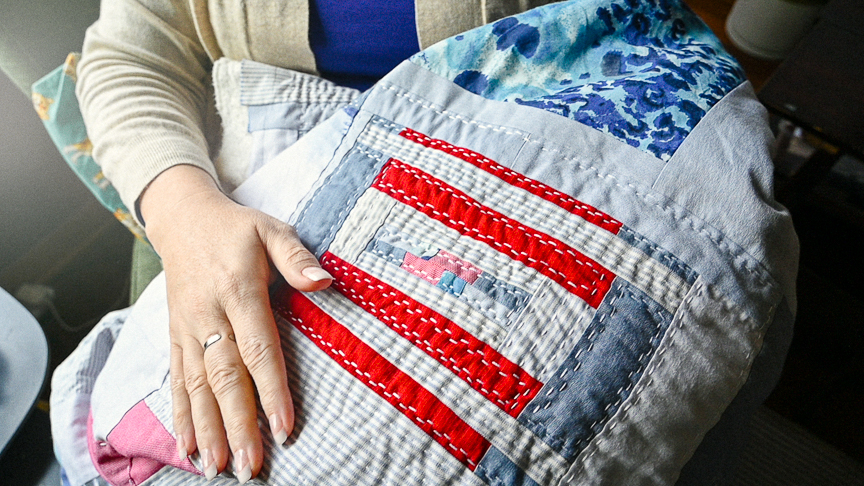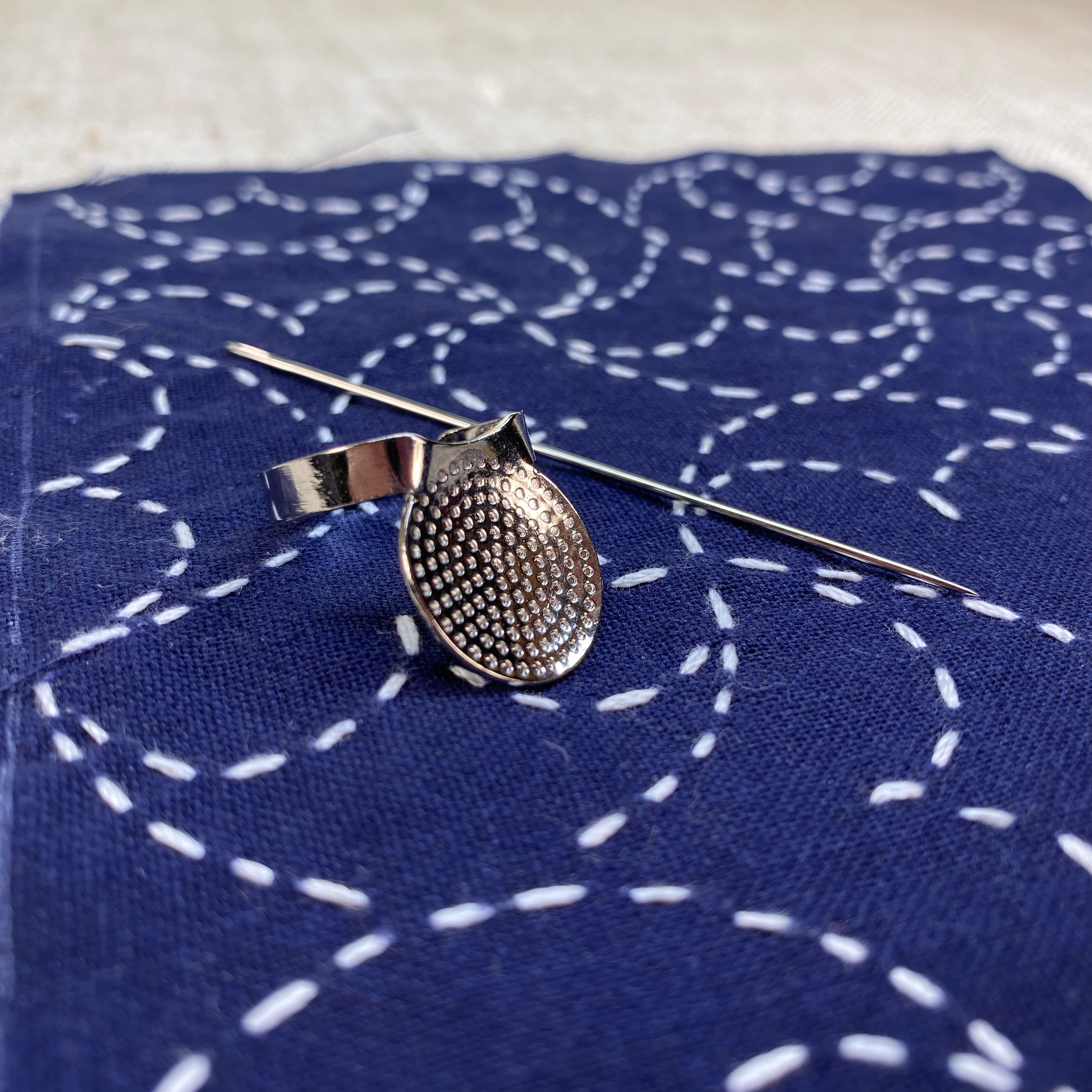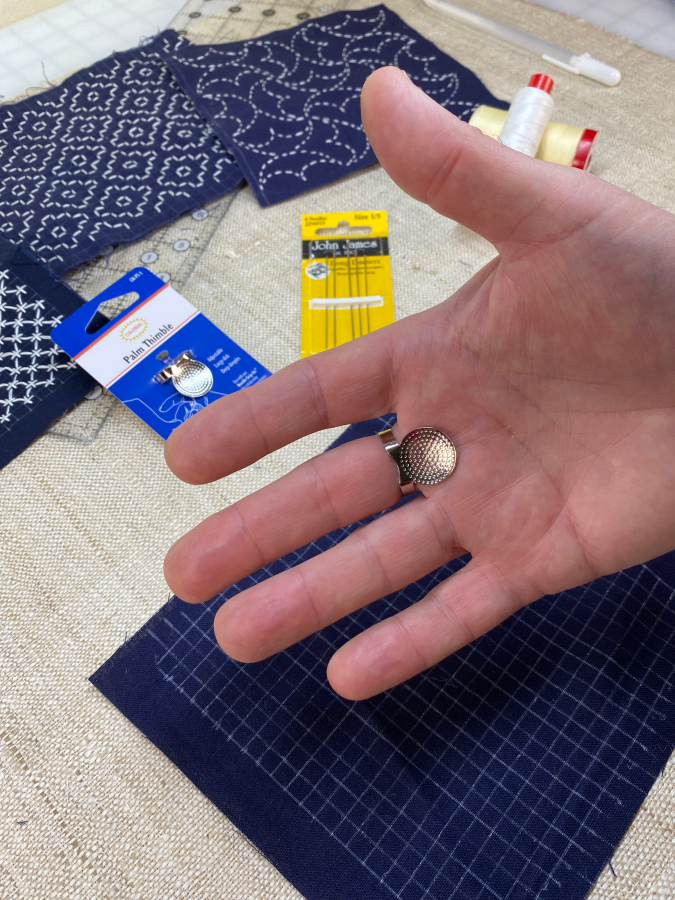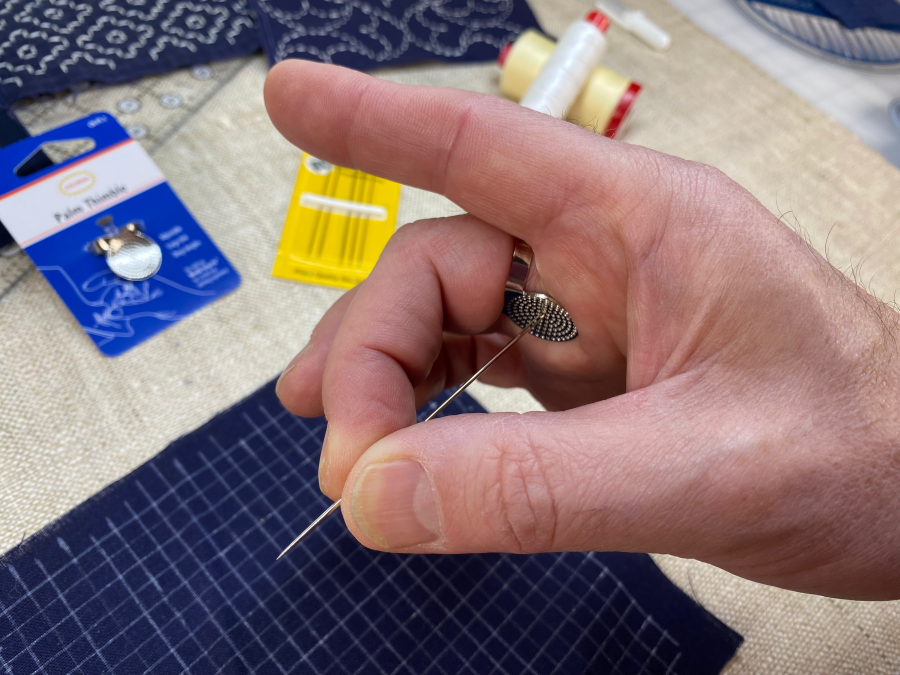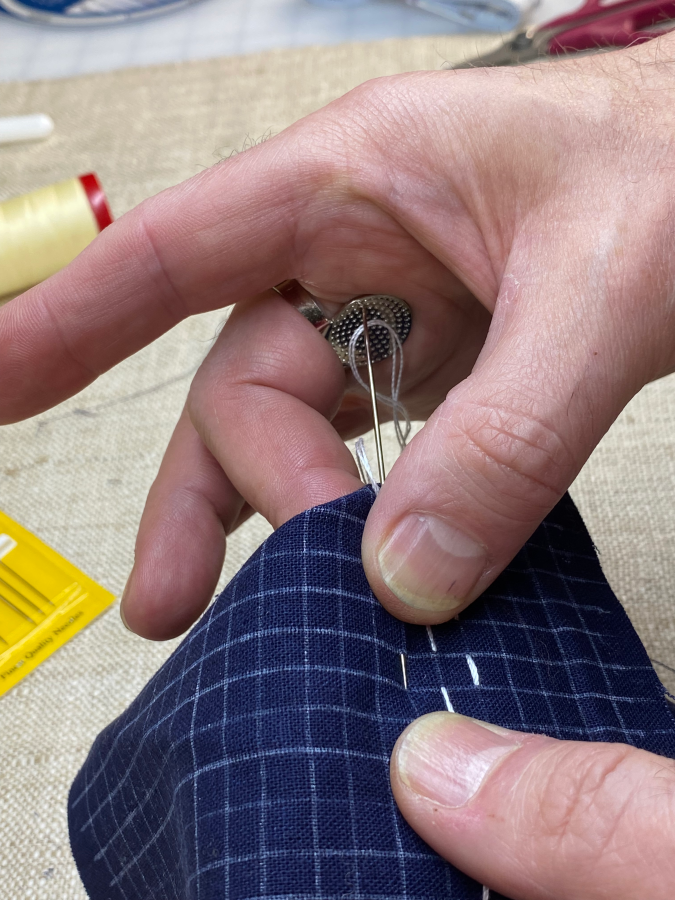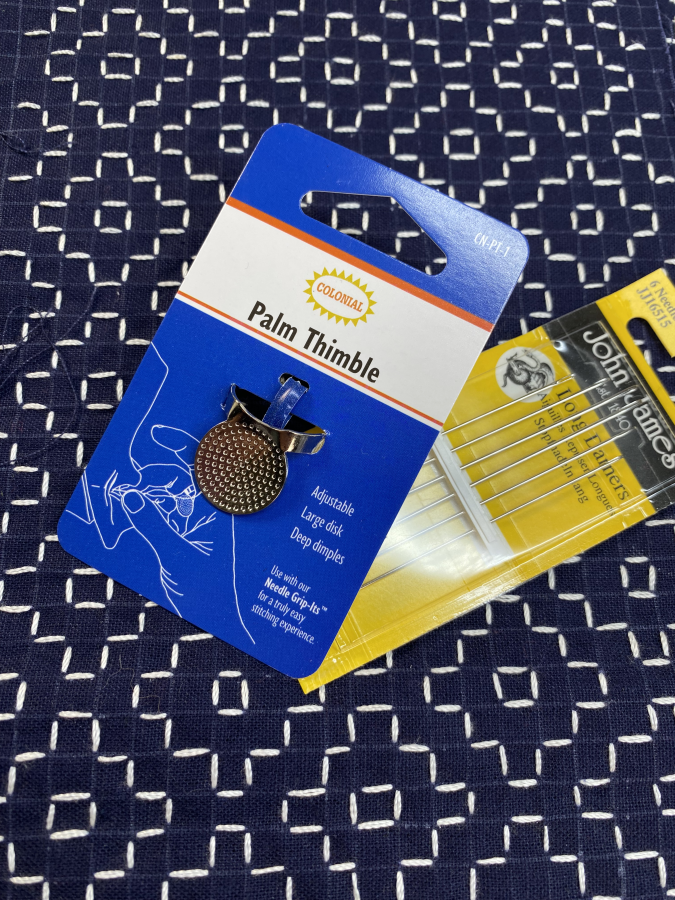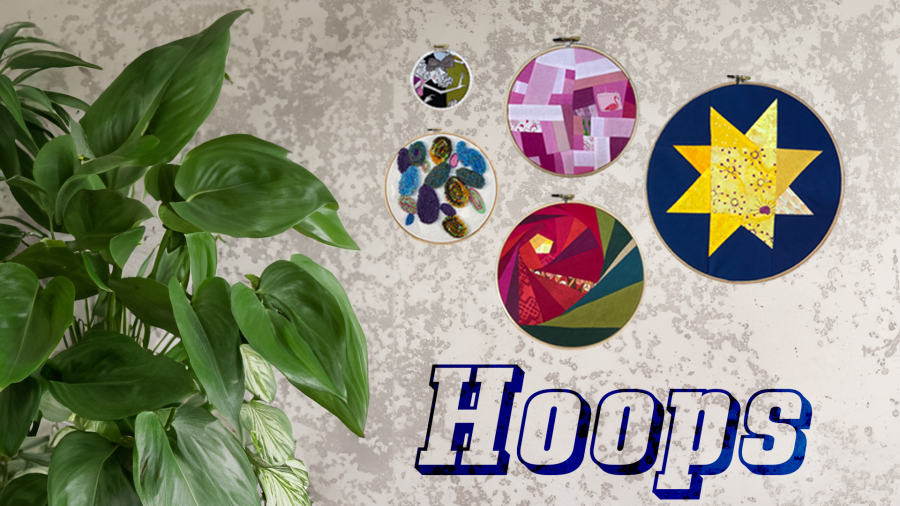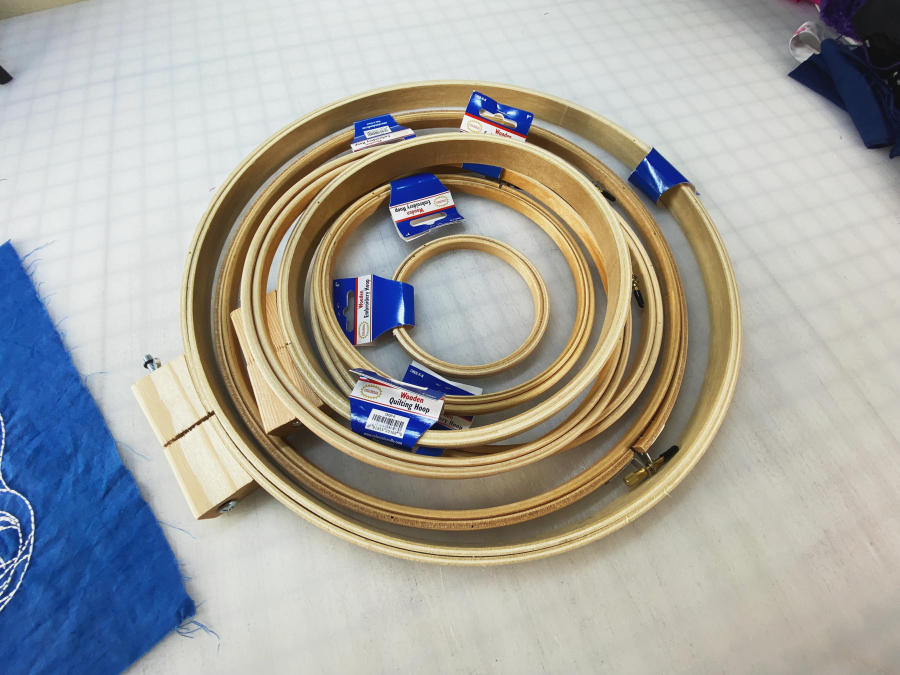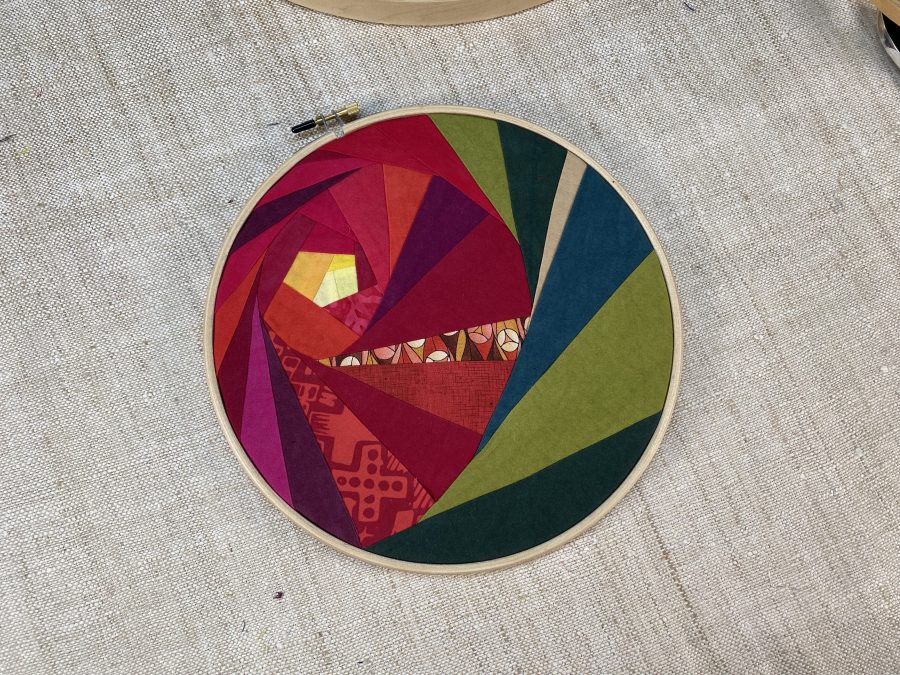And Why We Can’t Live Without Them!
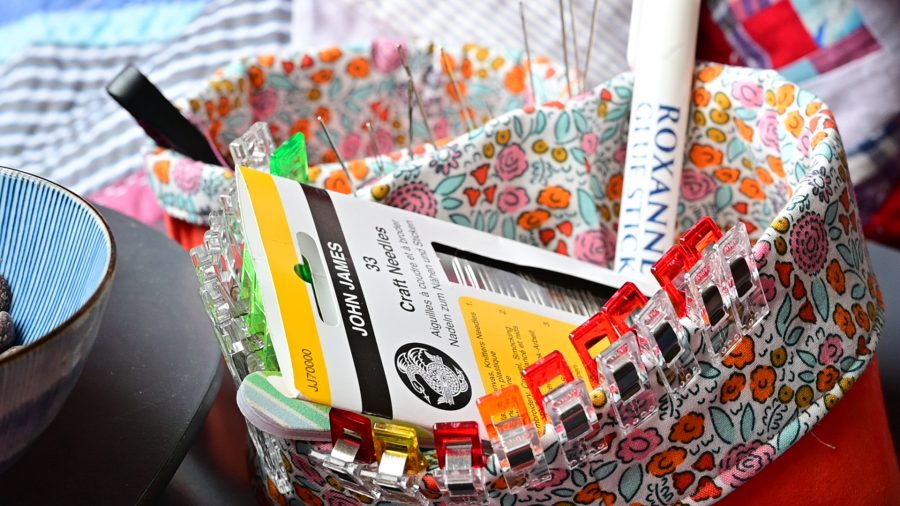
Like most makers, we keep an assortment of tools at hand in the areas of our home where we do most of our work. For us, this is pretty much everywhere. Not even kidding a little bit. If there is a place to sit or perch with good lighting or a good lamp, we’re probably working on a project. Sewing, embroidery, quilting, sashiko, crochet, knitting, and other tools live happily around our spaces: next to the couch, near the sewing machine, above the cutting table, around the photo studio, and even in coat and pant pockets. You never know when you are going to need that one tool that you just can’t do without! Remember that time the good thread snips were in Shannon’s purse in her makeup bag? Just us??
As we do from time to time, we recently went on a reorganize and prioritize bender that lead us to make an assortment of small fabric boxes to keep all of our making things a bit more tidy and assure that we can always find that tool we need. We thought it would be fun to show you what it is that we keep on hand. For this particular video (found here), Jason has taken the opportunity to invade Shannon’s peaceful morning of “snow day” stitching with his camera.
Here’s what he found in Shannon’s stash:
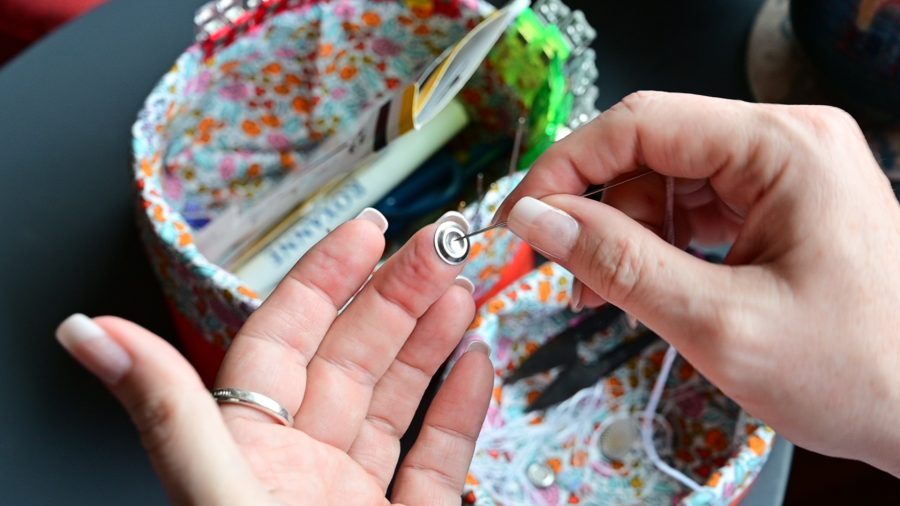
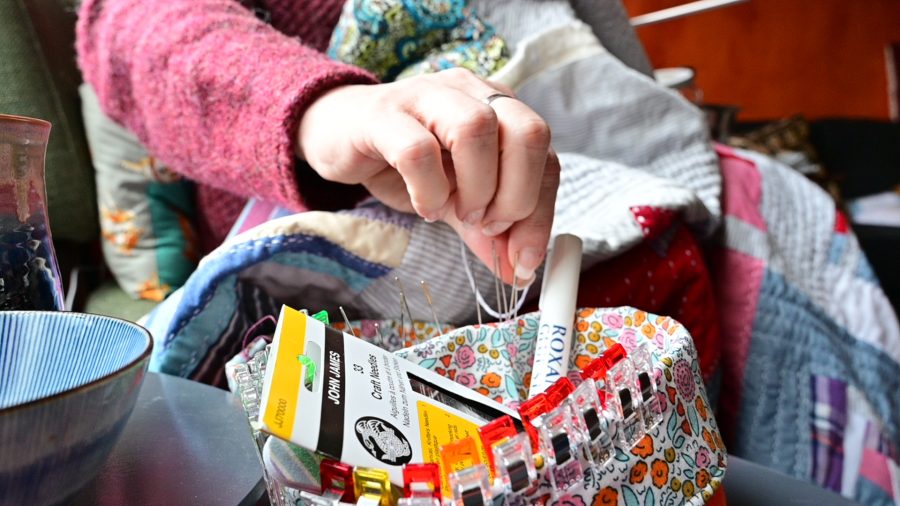
- Needles of various lengths and diameters. (DUH!) Like we said before, we do a lot of hand stitching, so we need needles that will do the required job. Smaller hand sewing needles like the John James Signature Collection Sharps or Betweens in a couple of sizes for fine sewing. John James long darners are always easily within reach for quilting, mending, and sashiko. They’re easy to find and stay safe and secure in the vials they come in. Also, the John James Craft Needle Collection will usually have one or two needles that will do the job we need done.
- Snips and scissors for cutting thread and yarn… these are a must for any sewist. We don’t use pins too often, but clips are handy to have in case you need an extra finger or two to hold something.
- Thimbles… yeah, lots of thimbles. We know, we can hear you saying, “why would you need more than one thimble?” Here’s why: Each thimble does a specific job that it is best suited for. Sashiko requires a palm thimble for speed and needle movement. For our hand quilting—big stitch or small stitch—we use the Colonial Needle Thimble Crown and Thimble Dimple. The Thimble Crown sits tightly on our main sewing hand, pushing the needle through the fabric while the Thimble Dimple attaches to the hand we use under the fabric to push the needle back to the surface. So instead of pricking our fingertips constantly or awkwardly using a spoon, we keep our dexterity. These two adhesive thimbles can be found in one pack along with the Thimble Pad and Needle Grip-Its: Item SM420.
- Because we are always looking for one — and can never seem to find it when we need it— we keep an Easy-store Tape Measure in the box as well… now we just need to remember to put it back once we are done using it!
- The last thing we keep close is a Roxanne Glue Stick. This is especially handy for boro textiles and patchwork mending but Shannon also has one in the mending kit in her purse for emergency repairs.
These are the main characters in action with us. Take a look to your left and right. What tools do you keep handy? Let us know!
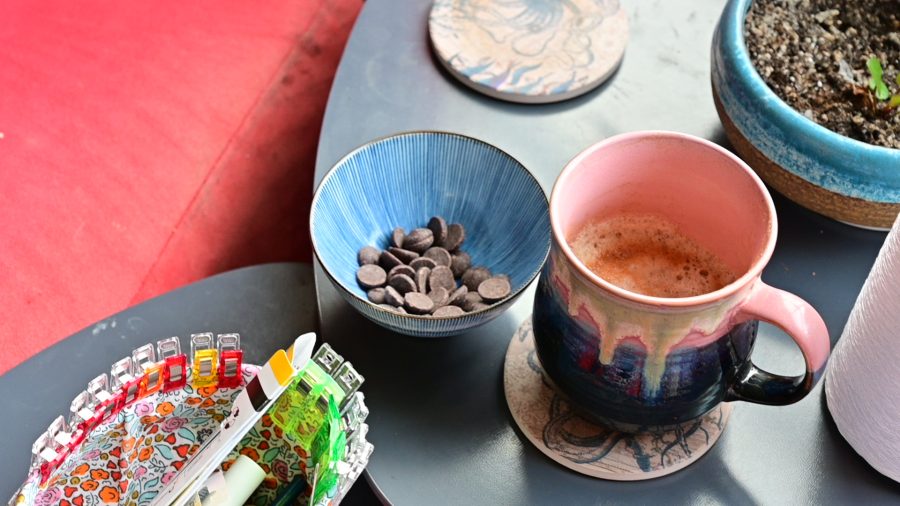
Stitch On,
Shannon & Jason

